If you click on this blog, it means you want to scratch your curiosity about all the major busiest ports in North America! You have landed in the right place—or should I say docked in the right place—because we will help you learn about North America’s busiest ports. Ports are pivotal in international trade, acting as gateways for goods flowing across the globe.
In North America, these shipping ports are essential for facilitating commerce, supporting economies, and connecting markets. North America’s busiest and most significant ports handle enormous cargo volumes that fuel economic growth and sustain international trade. This blog provides an in-depth look at the major shipping ports in America for 2024, examining their cargo volumes, technological advancements, economic impacts, and prospects.
Let’s start off by discussing what are the criteria that determine that a port is counted as one of the busiest ports in the world.
Criteria for Determining the Busiest and Major Ports
Determining the busiest and most significant ports involves looking at several key factors. These criteria give you a comprehensive understanding of each Port’s capabilities, significance, and impact.
| Criteria | Description |
| Cargo Volume Handled Annually | One of the main indicators of a port’s activity and importance is the volume of cargo it handles each year. This includes both containerized and non-containerized goods. Ports that handle higher cargo volumes are typically considered more crucial in the global supply chain. |
| Container Capacity and Throughput | Container capacity and throughput measure a port’s efficiency and capability to handle large volumes of containerized cargo. TEUs (Twenty-Foot Equivalent Units) are commonly used to quantify container capacity. Ports with higher TEU volumes play significant roles in international trade. |
| Technological Advancements and Infrastructure | Modern ports rely heavily on advanced technologies and robust infrastructure. This includes automated systems, modern cargo handling equipment, and integrated IT solutions that boost operational efficiency and reduce turnaround times. |
| Economic Impact Including Employment and Contribution to GDP | Ports significantly contribute to the economy by creating jobs and boosting GDP. This includes direct employment at the ports and indirect jobs in related industries such as transportation, logistics, and manufacturing. |
Top 10 Major Busiest Ports in North America
1. Port of Los Angeles, California, USA
The Port of Los Angeles is the busiest in North America, handling an impressive 10.7 million TEUs in 2021. With an annual cargo tonnage of 222 million metric revenue tons, it plays a crucial role in international trade. The Port supports 1.6 million jobs, both directly and indirectly. Key trading partners include China, South Korea, and Japan, reflecting its strategic importance in trans-Pacific trade. The Port has invested $2.6 billion in infrastructure improvements to enhance cargo efficiency, solidifying its position as a critical hub in the global supply chain.
2. Port of Long Beach, California, USA
Right next to the Port of Los Angeles, the Port of Long Beach is another vital node in North America’s maritime network. Handling 9.13 million TEUs in 2022, the Port’s annual cargo tonnage is 78.2 million metric tons. The Port of Long Beach supports 370,000 jobs and is known for its eco-friendly initiatives, including the Green Port Policy. With $180 billion in trade annually, it’s a cornerstone of the American economy. Its commitment to sustainability and technological innovation makes it a leader in environmentally responsible port operations.
3. Port of New York and New Jersey, USA
The Port of New York and New Jersey is a primary gateway on the East Coast, handling 7.4 million TEUs and 74 million metric tons of cargo annually. With an annual economic value of $205 billion, this Port’s strategic location and connectivity to major highways and rail networks make it a crucial hub for commerce. The Port’s extensive network includes multiple terminals, facilitating efficient cargo handling and distribution across the northeastern United States.
4. Port of Savannah, Georgia, USA
The Port of Savannah is notable for its sizeable single-terminal container facility, handling 5.76 million TEUs in 2022. The Port’s direct rail access and extensive highway connections ensure seamless movement of goods. Savannah’s commitment to advanced technology and efficiency is evident in its ongoing infrastructure investments, making it a key player in the North American maritime landscape.
5. Port of Houston, Texas, USA
The Port of Houston is a significant economic engine for Texas, handling 247 million metric tons of cargo annually, including 1.6 million TEUs. The Port’s economic impact is substantial, supporting 3.2 million jobs. The Port focuses on NeoPanamax expansion and sustainability initiatives governed by a seven-member Board of Port Commissioners. These efforts ensure that the Port remains a critical hub for international trade.
6. The Northwest Seaport Alliance (Seattle-Tacoma), Washington, USA
The Northwest Seaport Alliance, a merger of the ports of Seattle and Tacoma, is a significant economic contributor, handling 3.38 million TEUs; the alliance primarily exports oilseeds, grains, and machinery, supporting 151,400 direct and indirect jobs. The strategic merger enhances the region’s capacity to handle cargo efficiently and compete globally.
7. Port of Oakland, California, USA
The Port of Oakland is critical in trade with Asia, handling 2.34 million TEUs. The Port has implemented an intermodal container handling system, boosting operational efficiency. Located near Silicon Valley, the Port of Oakland’s economic significance is further enhanced by its proximity to tech-driven industries, making it a vital player in the North American maritime sector.
8. Port of Charleston, South Carolina, USA
The Port of Charleston, which handled 2.79 million TEUs in 2022, is known for its efficient operations and commitment to environmental sustainability. The Port handles a variety of cargo, including automobiles and non-containerized goods. Charleston’s strategic initiatives and investments in green technologies underscore its role as a leader in sustainable port operations.
9. Port of Miami, Florida, USA
The Port of Miami, handling 1.2 million TEUs in 2022, generates significant revenue of over $41 billion annually. The Port’s focus on capital development projects, such as the Deep Dredge Project, enhances its capacity to accommodate larger vessels. As the largest cruise port globally, the Port of Miami’s economic contributions are further bolstered by its thriving cruise industry.
10. Port of Virginia, USA
The Port of Virginia handles 3.7 million TEUs annually, with an economic impact of $92 billion. The Port’s direct access to major highways and rail lines ensures efficient cargo movement. Comprising five significant terminals, the Port’s operational capacity is extensive, making it a key hub for trade on the East Coast.
Streamline your shipping with Intoglo’s door-to-door FCL service from India to the USA. Enjoy cost-effective and reliable shipping without third-party interference. Contact us today to experience the Intoglo difference and ensure your shipments reach their destination safely and efficiently!
Over the years, ports have become more and more advanced. With new technological advances in the shipping industry, ports have successfully incorporated these capabilities into them. Let’s go over them.
Technological Advancements and Innovations
Technological advancements are pivotal in the efficiency and competitiveness of major shipping ports in America. Implementing automated systems and modern equipment has revolutionized port operations, reducing turnaround times and increasing throughput.
Automated Systems and Modern Equipment
Automated systems, such as automated guided vehicles (AGVs) and robotic cranes, enhance operational efficiency by minimizing human intervention and reducing errors. These technologies enable ports to handle larger cargo volumes more quickly and accurately, boosting overall productivity.
Use of Data and AI for Operational Efficiency
Data analytics and artificial intelligence (AI) have become increasingly crucial in port operations. AI-driven predictive analytics help optimize cargo handling, reduce bottlenecks, and improve decision-making processes. By leveraging data, ports can enhance operational efficiency and respond more effectively to changing market demands.
Integration of IoT for Smarter Port Operations
The Internet of Things (IoT) has transformed port operations by enabling real-time monitoring and management of equipment and cargo. IoT sensors and devices provide valuable data on the status and location of freight, equipment performance, and environmental conditions. This integration allows ports to operate more efficiently and make data-driven decisions.
Let’s move over and look at some of the environmental sustainability initiatives taken by these ports and learn how they operate it.
Environmental Sustainability Initiatives
Environmental sustainability is a critical focus for significant shipping ports in America. Ports are implementing various initiatives to reduce environmental impact and promote sustainable practices.
Development of green infrastructure and clean cargo-handling practices.
Ports invest in green infrastructure, such as electric cranes and hybrid yard trucks, to reduce emissions and improve energy efficiency. These initiatives help ports minimize their carbon footprint and contribute to global sustainability goals.
Implementation of fuel-efficient technologies.
Adopting fuel-efficient technologies, such as shore power systems and LNG-powered vessels, reduces the environmental impact of port operations. These technologies help lower emissions of greenhouse gases and other pollutants, improving air quality in surrounding communities.
Ports prioritizing sustainability to reduce environmental impact.
Many ports have established sustainability programs and goals to guide their environmental efforts. These programs focus on reducing emissions, conserving resources, and promoting eco-friendly practices. By prioritizing sustainability, ports can enhance their environmental performance and support broader efforts to combat climate change.
Economic Contributions and Impact
Major shipping ports in America are vital in supporting regional and national economies. Their economic contributions extend beyond the direct activities at the ports, influencing various sectors and communities.
Significant Job Creation and Revenue Generation
Ports are major employers, providing jobs for thousands of people in various roles, including dockworkers, logistics professionals, and administrative staff. Additionally, ports generate substantial revenue through cargo handling fees, leases, and other activities, contributing significantly to local and national economies.
Vital Role in Supporting Regional and National Economies
Ports are essential for moving goods and supporting manufacturing, retail, and agriculture industries. By facilitating trade, ports help businesses access global markets, enhancing their competitiveness and driving economic growth.
Importance in Global Supply Chains and International Trade Dynamics
As crucial nodes in global supply chains, ports ensure the efficient flow of goods across borders. Their strategic locations and advanced facilities enable them to handle large cargo volumes, supporting international trade and connecting markets worldwide.
You must be wondering what could be the future prospects and trends on this topic? Leave it on us as we cover it in the next one.
Future Prospects and Trends
The future of major shipping ports in America is shaped by ongoing developments and emerging trends that aim to enhance their capabilities and address challenges.
Plans for Expansion and Development of Deeper Harbors
Ports are planning expansions and developments to increase capacity and accommodate larger vessels. This includes deepening harbours, constructing new terminals, and upgrading existing infrastructure. These initiatives will enable ports to handle growing cargo volumes and remain competitive globally.
Emerging Trends: Increased Automation, AI, and Environmental Sustainability
Adopting automation, AI, and sustainable practices is expected to continue shaping the future of port operations. Increased automation will improve efficiency and reduce operational costs, while AI will enhance decision-making and predictive capabilities. Environmental sustainability will remain a key focus, driving the development and implementation of green technologies and practices.
Impact of Future Developments on Global Trade and Economic Progress
Future port infrastructure and technology developments will significantly impact global trade and economic progress. Enhanced port capabilities will improve the efficiency of supply chains, reduce costs, and support economic growth. By staying at the forefront of innovation, major shipping ports in America will continue to play a crucial role in the global economy.
We know it was a lot to take in, so let’s sum it all up in the next section!
Conclusion
The major shipping ports in America are vital nodes in the global supply chain, facilitating the flow of goods and supporting economic growth. Ports such as the Port of Los Angeles, Port of Long Beach, and Port of New York and New Jersey are leaders in cargo handling, technological innovation, and sustainability. Their economic contributions, job creation, and environmental initiatives underscore their significance in the regional and national economies.
Experience 24/7 reliable delivery with Intoglo’s FCL shipping services. Our robust security measures ensure your goods are handled with care. Focus on growing your business while we take care of your shipping needs. Contact Intoglo now for seamless logistics solutions!
As ports evolve and embrace new technologies and sustainable practices, they will remain essential to international trade and global economic progress. The future of these ports looks promising, with ongoing developments and emerging trends poised to enhance their capabilities and address challenges. By staying at the forefront of innovation and sustainability, major shipping ports in America will continue to drive economic growth and facilitate global trade, ensuring their continued importance in the international maritime landscape.


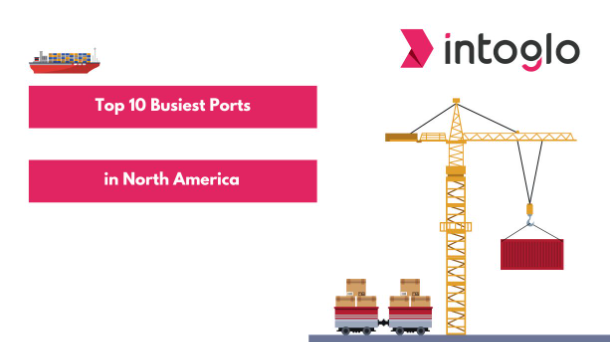


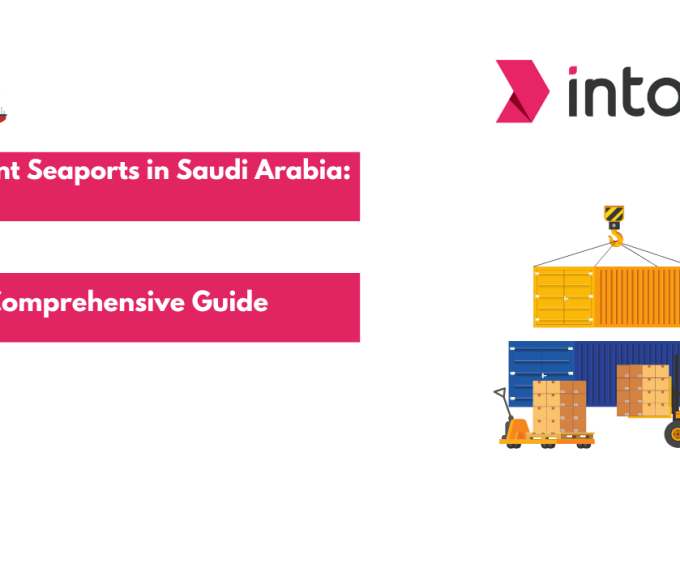
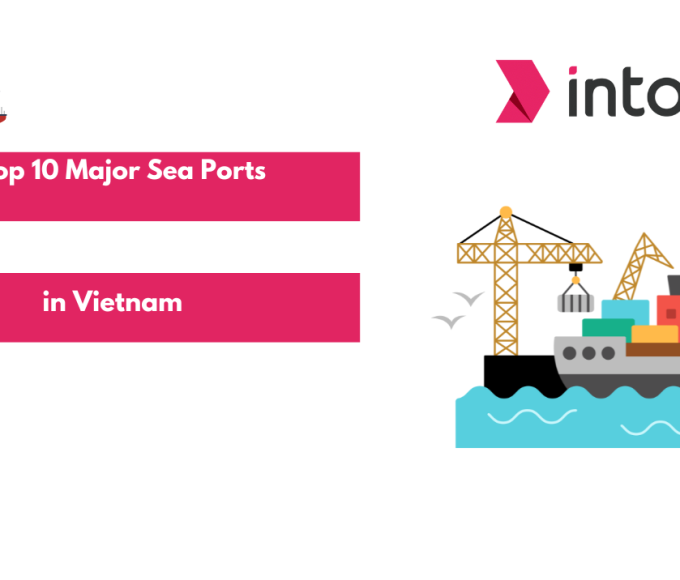
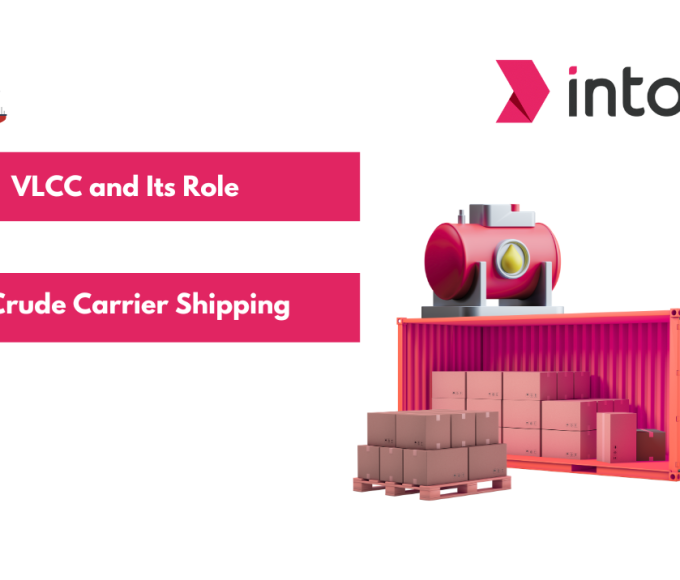
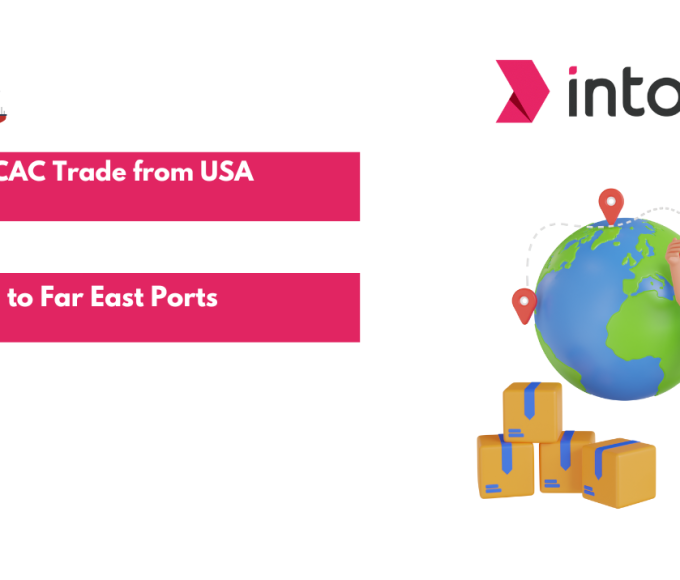
Leave a comment